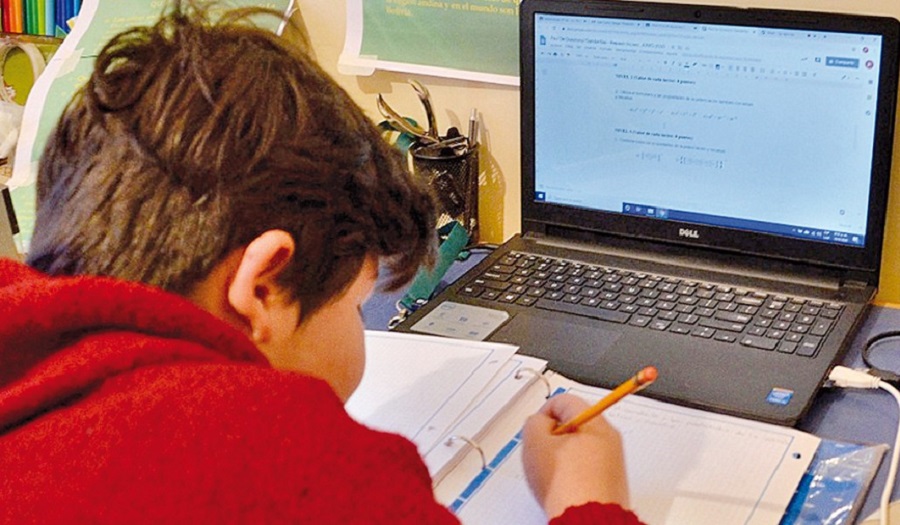RIO DE JANEIRO, BRAZIL – “The future is hybrid. We will never go back to a fully in-person education, nor will the fantasy some people may have had at some point, of a fully online education, come true. And that in-person education will disappear. Neither of these two things will happen,” Da Silveira said.
The official stressed the Ceibal Plan as a key instrument for hybrid education. “It was greatly renewed, it incorporated tools it did not have before and it has proven to be very good. To forget the Ceibal Plan would be a mistake,” he said.

The Ceibal Plan is a socio-educational project in Uruguay, with the motto “a laptop for every child and teacher in Uruguay.” It was created on April 18, 2007, during the first presidency of Tabaré Vazquez.
An unprecedented plan in the world due to its national scope, it granted all children in public schools a laptop computer with WiFi connection, both inside and outside the classroom.
“Many children were engaged with distance activities: even the use of platforms continued to be significant in full attendance,” said Primary Education director general Graciela Fabeyro.
“This year we want to move towards a hybrid system (virtual and in-person) whereby teaching time can be extended through technology and which does not necessarily involve the same teacher in the classroom having to teach in double shifts,” she said.
According to data from the Plan Ceibal observatory the number of students accessing the virtual classroom doubled during the first year of the pandemic. Compared to 2019, the number of students increased by 109% in 2020 and by 112% in 2021.
In addition, during the months of in-person classes, the pace of online activities was “well above” the average estimated before the coronavirus reached Uruguay. A Plan Ceibal source said that even “several private schools joined the platform… including some of the most expensive ones.”
The observatory indicated that some students enter the Plan Ceibal classroom to exercise while on vacation. According to the data, during the last week of December, after the school year ended, the platforms received over 1,000 entries from school-age children.
Therefore, authorities intend to exploit this “trend that showed in the pandemic” to increase the class load.
“In theory there was too much literature on the use of technologies for education, but they were not a necessity. When they became a necessity, because of the health emergency, they truly began to be used,” said PhD in Education Verónica Zorrilla, who also part of Ceibal’s Global Learning Network.
She added that “the pandemic was a propitious scenario for the implementation of many ideas that were always hindered by opposition such as: unless all children have a computer, I won’t work, or the computer is only useful for solving homework.”
In order to gain time, the Primary Education is planning a kind of virtual classroom that would start as a pilot project in some public schools with a shorter timetable, or single-shift schools.
Primary Education’s department of Applied Educational Technologies and Virtuality head Beatriz Rissotto said that ” the concept that the virtual classroom is a complement to in-person classes must be banished, we are moving towards a hybrid model in which two driving forces converge.”

